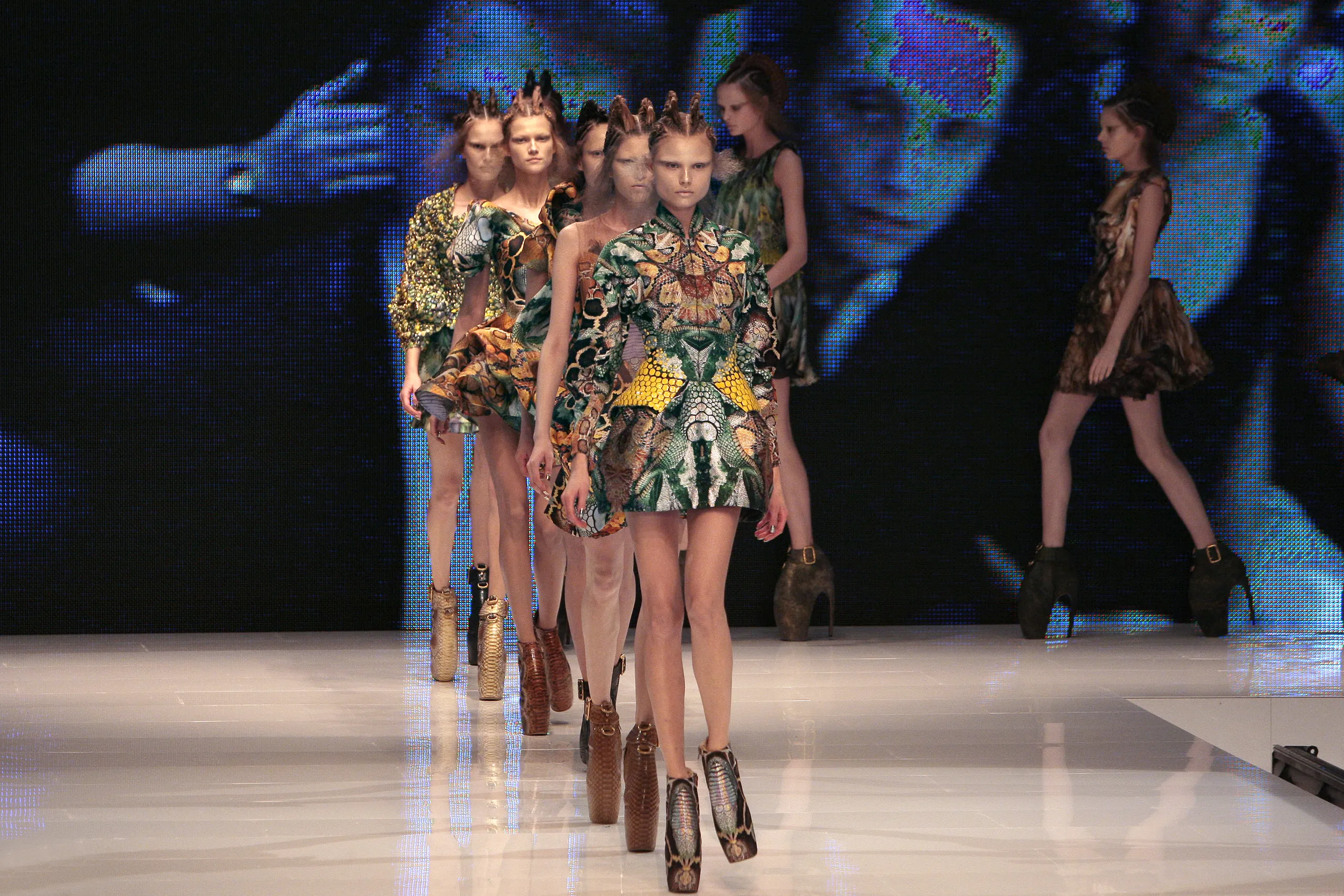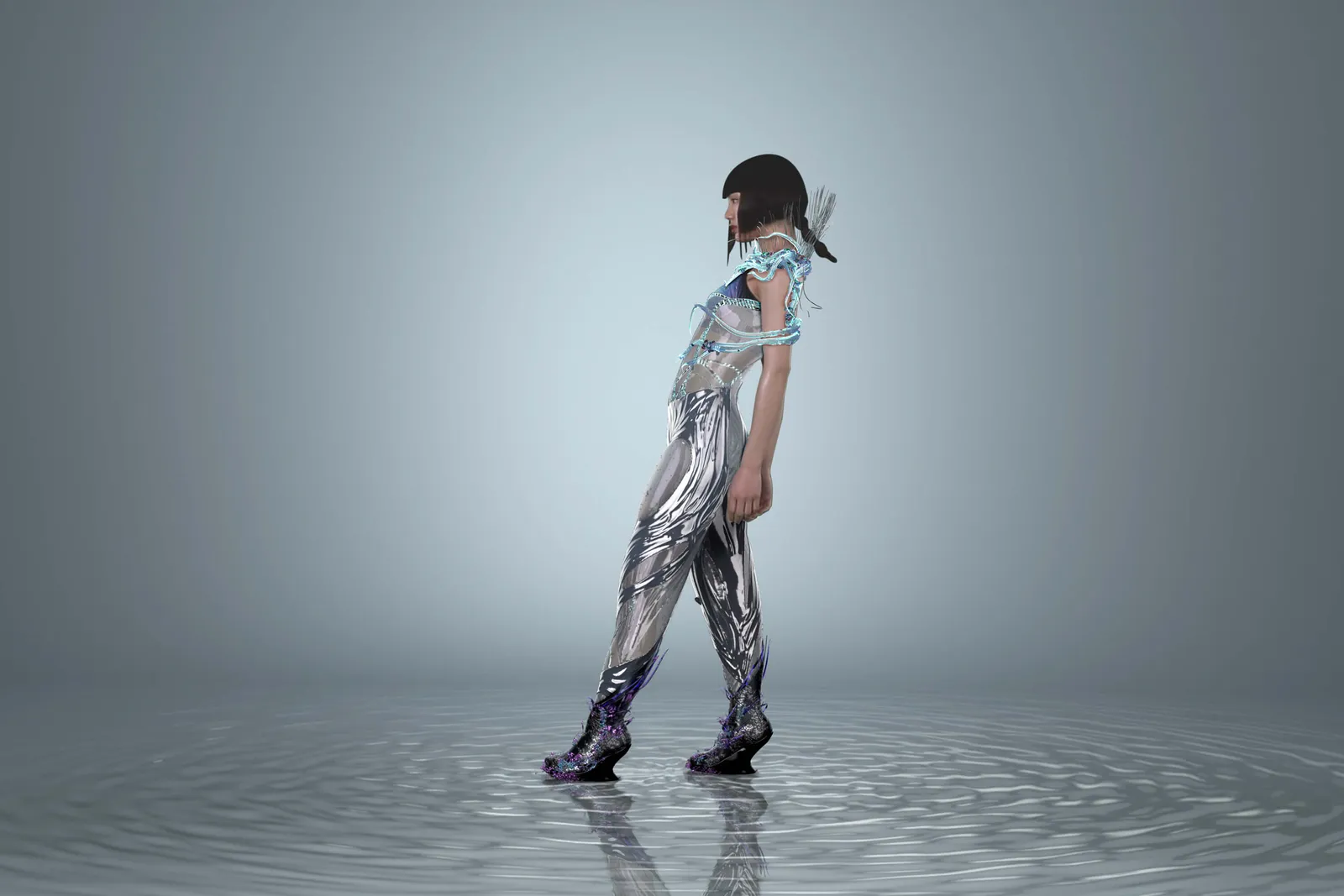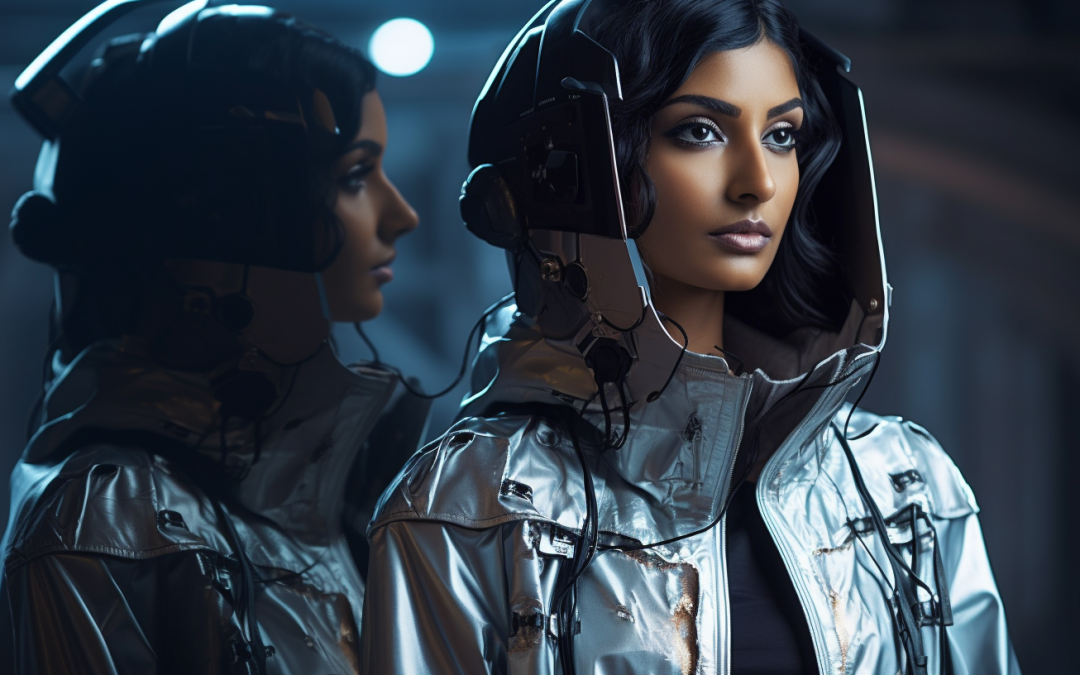Fashion tech, a vibrant and innovative career field, represents the confluence of the fashion industry and cutting-edge technology. This sector has been gaining significant traction, reshaping traditional fashion with new digital tools and platforms. As consumer behavior evolves towards a more tech-integrated lifestyle, the demand for skilled professionals who can creatively fuse fashion with technology has surged, opening up myriad opportunities for a new generation of talent. Another way out of this situation is for students to address this service help me with admission essay on different topics.

Defining Fashion Technology: What It Is and Why It Matters
Fashion technology, or fashion tech, encompasses a broad array of technological solutions applied to the fashion industry. From the use of AI in predicting future fashion trends to the incorporation of augmented reality for virtual try-ons, fashion tech aims to enhance the efficiency of production processes, improve the sustainability of fashion items, and elevate the consumer experience. Understanding the scope and implications of fashion tech is crucial for appreciating its impact and fostering its growth within the industry. For students or professionals needing academic support, savemygrade offers reliable resources to help you succeed in your studies while staying informed on emerging trends like fashion tech..
The Impact of Tech on the Fashion Industry: A Broad Overview
Technology has radically transformed the fashion industry at multiple levels. From the backend of supply chain management to the frontend of consumer engagement, tech has revamped traditional methods, making them more efficient and aligned with modern consumer expectations. Innovations such as blockchain technology for transparency, smart textiles for enhanced functionality, and rapid data analysis for inventory management are reshaping the industry.

Leading Fashion Brands Innovating with Technology
Many fashion brands have embraced technology to stay competitive and relevant in a fast-evolving market. For example, British fashion labels are using smart fabrics and sustainable materials to not only enhance the functionality of their garments but also promote sustainable fashion. These brands leverage everything from wearable technology to digital showrooms, setting high standards for innovation in the fashion business.
Core Technologies Driving Change in Fashion
Several core technologies are pivotal in driving change across the fashion sector. Artificial intelligence and machine learning algorithms are used extensively to forecast trends and optimize the supply chain. Augmented reality and virtual reality enhance the shopping experience by enabling customers to try clothes virtually. Additionally, 3D printing and sustainable materials are used for creating digital clothing and accessories, pushing the boundaries of what fashion can achieve.

Challenges Facing Fashion Tech: Adoption and Integration
Despite its potential, the adoption of fashion technology faces several challenges. Integrating new technologies like virtual fashion and augmented reality technology into existing fashion businesses requires substantial investment and a shift in traditional business models. Furthermore, there is a need for more robust data security measures as fashion companies increasingly rely on data collection and digital platforms.
Success Stories: Fashion Brands That Have Successfully Integrated Tech
Several fashion brands have emerged as success stories by effectively integrating technology into their operations, setting new benchmarks for the industry. These brands have leveraged various technological innovations to enhance customer experiences and streamline business processes, leading to significant improvements in operational efficiency and increased customer engagement. One prominent example is the adoption of digital fashion platforms that offer virtual try-on features. This technology allows customers to see how clothes would look on them through augmented reality, significantly enhancing the shopping experience by combining convenience with personalization. Brands using this technology have reported higher conversion rates and reduced return rates, as customers are more confident in their purchases.
AI-driven solutions have also played a crucial role in transforming the operations of fashion brands. By implementing artificial intelligence, brands have been able to optimize their inventory management and demand forecasting. AI algorithms analyze vast amounts of data to predict which styles will be in demand, allowing brands to manufacture accordingly and reduce overproduction. This not only helps in managing inventory more efficiently but also supports sustainability efforts by minimizing waste.

The Future of Fashion Tech: Trends and Predictions
The future of fashion tech looks promising with several trends and innovations on the horizon. As consumer preferences continue to shift towards personalized and sustainable options, technologies such as AI, virtual wardrobes, and sustainable practices are expected to become mainstream. Additionally, the use of digital personas and mobile commerce is predicted to grow, further blurring the lines between digital and physical fashion realms.
The integration of technology into fashion is not just a trend but a revolution that is reshaping the apparel industry. As we look forward, it is clear that the marriage of fashion and technology will continue to thrive, driven by the endless possibilities for innovation and the constant demand for better, more sustainable fashion solutions.
Students use essay services PaperWriter to handle demanding assignments with precision and expertise. These platforms guarantee well-researched and unique content across diverse fields of study.
